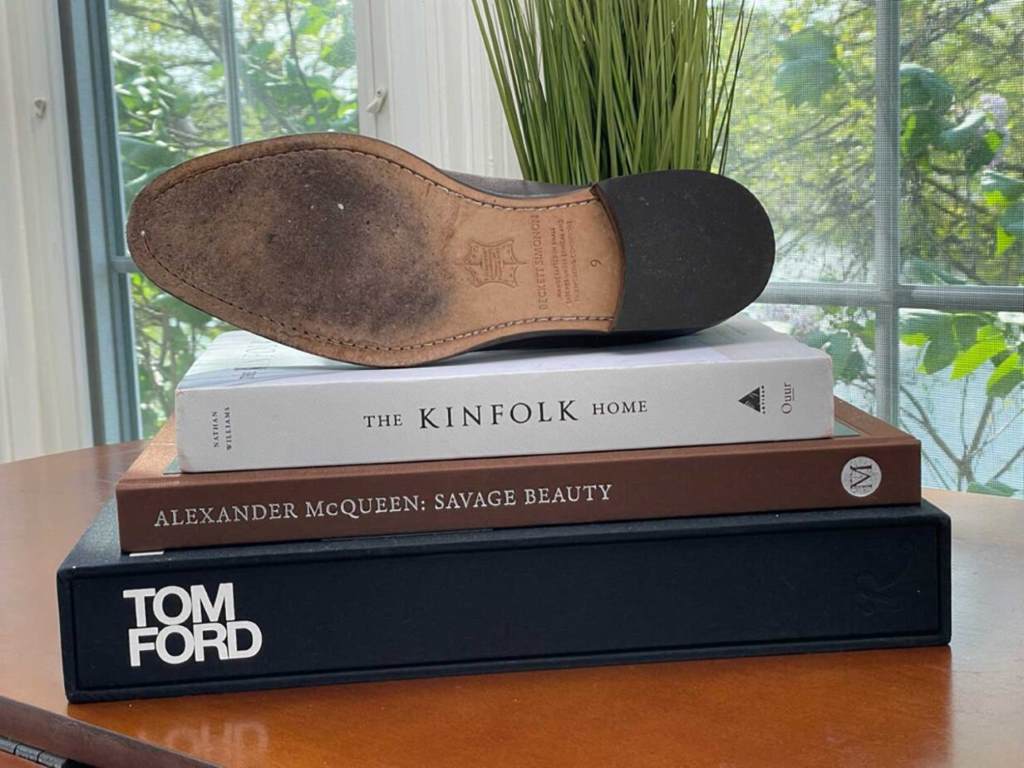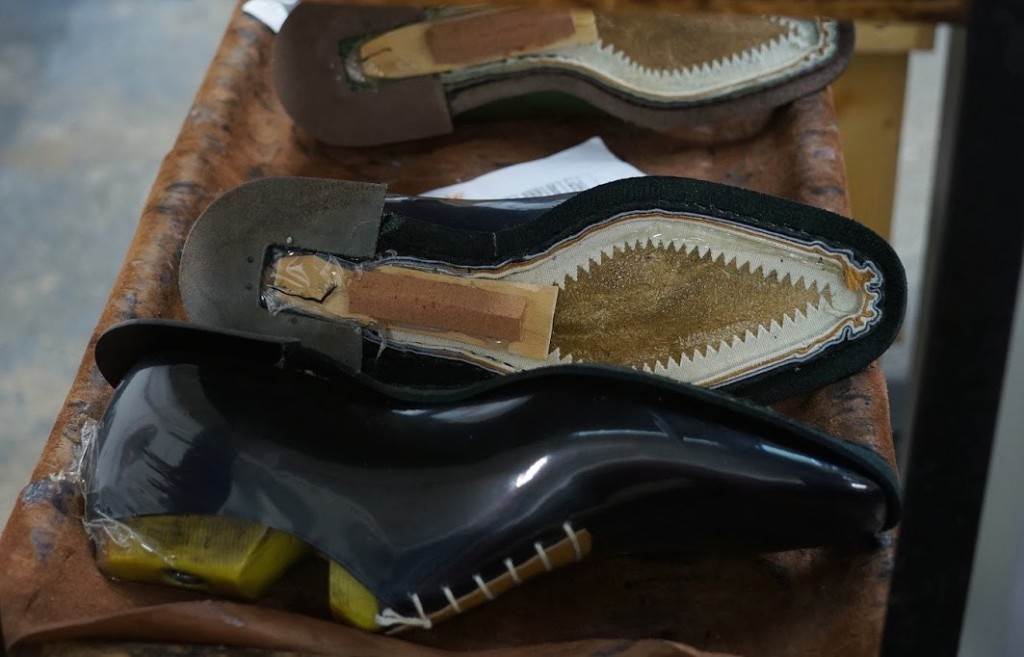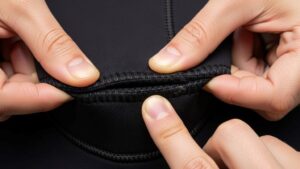How Did the Opanka Sole Construction Method Originate?

The opanka sole construction method, celebrated for its flexibility, durability, and artisanal charm, holds a unique place in the world of footwear craftsmanship. This technique, often associated with handcrafted shoes, has roots that trace back centuries, blending cultural traditions with innovative shoemaking. For those curious about the origins of this method or seeking ways to enhance their footwear experience, exploring its history offers fascinating insights. At Kate Spade Star, we value the artistry behind every pair of shoes, and the opanka method is a testament to timeless craftsmanship. This article delves into the history, evolution, and cultural significance of the opanka sole, providing a comprehensive look at its journey from ancient traditions to modern footwear.
What Is Opanka Sole Construction?
Before exploring its origins, it’s essential to understand what opanka construction entails. Understanding the opanka sole’s origins also sheds light on why it remains a favorite among shoemakers and wearers alike. If you’ve ever wondered how to stretch shoes immediately to achieve a perfect fit with your opanka-crafted footwear, practical solutions exist. For instance, proven methods to stretch shoes can help ensure comfort without compromising the shoe’s integrity.
Unlike mass-produced shoes that rely on glued or cemented soles, opanka involves hand-stitching the sole directly to the upper part of the shoe. This creates a seamless, flexible structure that molds to the wearer’s foot over time. The method typically uses a single piece of leather for the sole, which is stitched in a distinctive pattern, often visible on the shoe’s exterior. This technique enhances durability and provides a lightweight, breathable feel, making it ideal for both casual and formal footwear.
The opanka method stands out for its artisanal quality. However, it requires skilled craftsmanship, as the stitching process is labor-intensive and demands precision. Additionally, the flexibility of opanka soles makes them a popular choice for those prioritizing comfort. While modern technology has streamlined some aspects of shoemaking, the opanka technique remains a hallmark of traditional craftsmanship, preserving its historical essence.
Historical Roots of Opanka Sole Construction
The opanka sole construction method likely originated in Eastern Europe, particularly in regions like the Czech Republic, Slovakia, and Hungary, where traditional shoemaking thrived. The term “opanka” derives from a Slavic word meaning “sole” or “sandal,” hinting at its ancient roots. Historians suggest that the technique dates back to the medieval period, when cobblers crafted shoes by hand for local communities. These early artisans used locally sourced leather and simple tools, stitching soles to uppers in a way that maximized durability and comfort.
During this time, footwear was a luxury, and opanka construction allowed cobblers to create shoes that were both functional and long-lasting. The method’s flexibility made it suitable for the uneven terrains of rural Europe, while its aesthetic appeal attracted wealthier patrons. Furthermore, the hand-stitched design enabled repairs, extending the shoe’s lifespan—a critical feature in an era before mass production. According to The Museum of Footwear, similar stitching techniques appeared in various cultures, suggesting that opanka may have evolved independently in multiple regions.
Cultural Significance and Spread
As trade routes expanded during the Renaissance, the opanka technique spread beyond Eastern Europe. Artisans in Italy, Spain, and the Ottoman Empire adopted and adapted the method, incorporating local materials and designs. For example, Italian cobblers refined the stitching patterns, creating intricate designs that elevated opanka shoes to a status symbol. Meanwhile, in the Ottoman Empire, opanka-inspired sandals became popular for their breathability in warmer climates. This cross-cultural exchange enriched the technique, making it a global phenomenon.
Moreover, opanka construction resonated with nomadic communities, who valued lightweight, durable footwear. The method’s adaptability allowed artisans to craft shoes suited to diverse environments, from mountainous regions to desert landscapes. Consequently, opanka soles became synonymous with versatility, a quality that remains relevant today. By the 19th century, European immigrants brought the technique to the Americas, where it influenced early shoemaking traditions in the United States and Latin America.

Evolution in the Industrial Age
The Industrial Revolution posed challenges to traditional crafts, including opanka sole construction. Mass production favored cheaper, faster methods like cementing soles, which required less skill. Nevertheless, opanka persisted among artisanal shoemakers who prioritized quality over quantity. In rural areas, cobblers continued to hand-stitch shoes for local markets, preserving the technique’s legacy. Additionally, the rise of bespoke footwear in urban centers kept opanka alive among affluent customers seeking custom-made shoes.
By the early 20th century, opanka construction experienced a revival as consumers began to appreciate handcrafted goods. Brands specializing in high-quality footwear adopted the method, blending traditional techniques with modern materials. For instance, some manufacturers introduced rubber inserts into opanka soles, enhancing grip without sacrificing flexibility. This fusion of old and new ensured that opanka remained competitive in a rapidly changing industry.
Opanka in Modern Footwear
Today, opanka sole construction is celebrated for its blend of tradition and innovation. Luxury brands and independent artisans alike use the method to create shoes that stand out in a crowded market. The technique’s flexibility and comfort make it ideal for loafers, sandals, and casual shoes, while its durability appeals to eco-conscious consumers seeking sustainable footwear. Furthermore, advancements in leather processing have improved the quality of materials used in opanka construction, ensuring a premium finish.
However, opanka shoes require proper care to maintain their longevity. Regular cleaning, conditioning, and timely repairs can keep them looking and feeling their best. For those experiencing tightness in their opanka-crafted shoes, learning how to stretch shoes immediately can be a game-changer. Simple techniques, such as using a shoe stretcher or wearing thick socks, can enhance comfort without damaging the delicate stitching.
Why Opanka Remains Relevant
The enduring appeal of opanka sole construction lies in its ability to bridge the past and present. In an era dominated by fast fashion, the method offers a sustainable alternative, emphasizing quality and craftsmanship. Additionally, its cultural heritage resonates with consumers who value authenticity and tradition. Whether you’re a history enthusiast or a footwear aficionado, understanding opanka’s origins deepens your appreciation for this timeless technique.
For further reading on the evolution of shoemaking techniques, The Victoria and Albert Museum offers valuable resources on footwear history. By exploring these sources, you can gain a broader perspective on how methods like opanka have shaped the industry.
FAQs
How does opanka sole construction differ from other methods?
Opanka involves hand-stitching the sole directly to the upper, creating a flexible, durable shoe. Unlike cemented or Goodyear-welted soles, it uses a single leather piece, enhancing comfort and breathability.
Is opanka sole construction still used today?
Yes, opanka is popular among luxury brands and artisans. Its flexibility and artisanal appeal make it ideal for casual and sustainable footwear.
Can opanka soles be repaired?
Absolutely, opanka soles are repairable due to their stitched construction. Skilled cobblers can restitch or replace the sole, extending the shoe’s life.
Are opanka shoes comfortable for all-day wear?
Opanka shoes are highly comfortable because of their flexibility and ability to mold to the foot. Proper sizing and occasional stretching can enhance all-day wear.
Where can I find authentic opanka-crafted shoes?
Look for brands specializing in handcrafted footwear or visit artisanal markets. Reputable retailers often highlight opanka construction in product descriptions.
Conclusion
The opanka sole construction method is a remarkable blend of history, craftsmanship, and innovation. From its origins in medieval Europe to its modern-day revival, opanka has left an indelible mark on the footwear industry. Its flexibility, durability, and cultural significance make it a cherished technique among artisans and consumers alike. By understanding its roots and evolution, you can better appreciate the artistry behind every pair of opanka-crafted shoes. Whether you’re exploring footwear history or seeking ways to enhance your shoe-wearing experience, the opanka method offers timeless lessons in quality and tradition.







